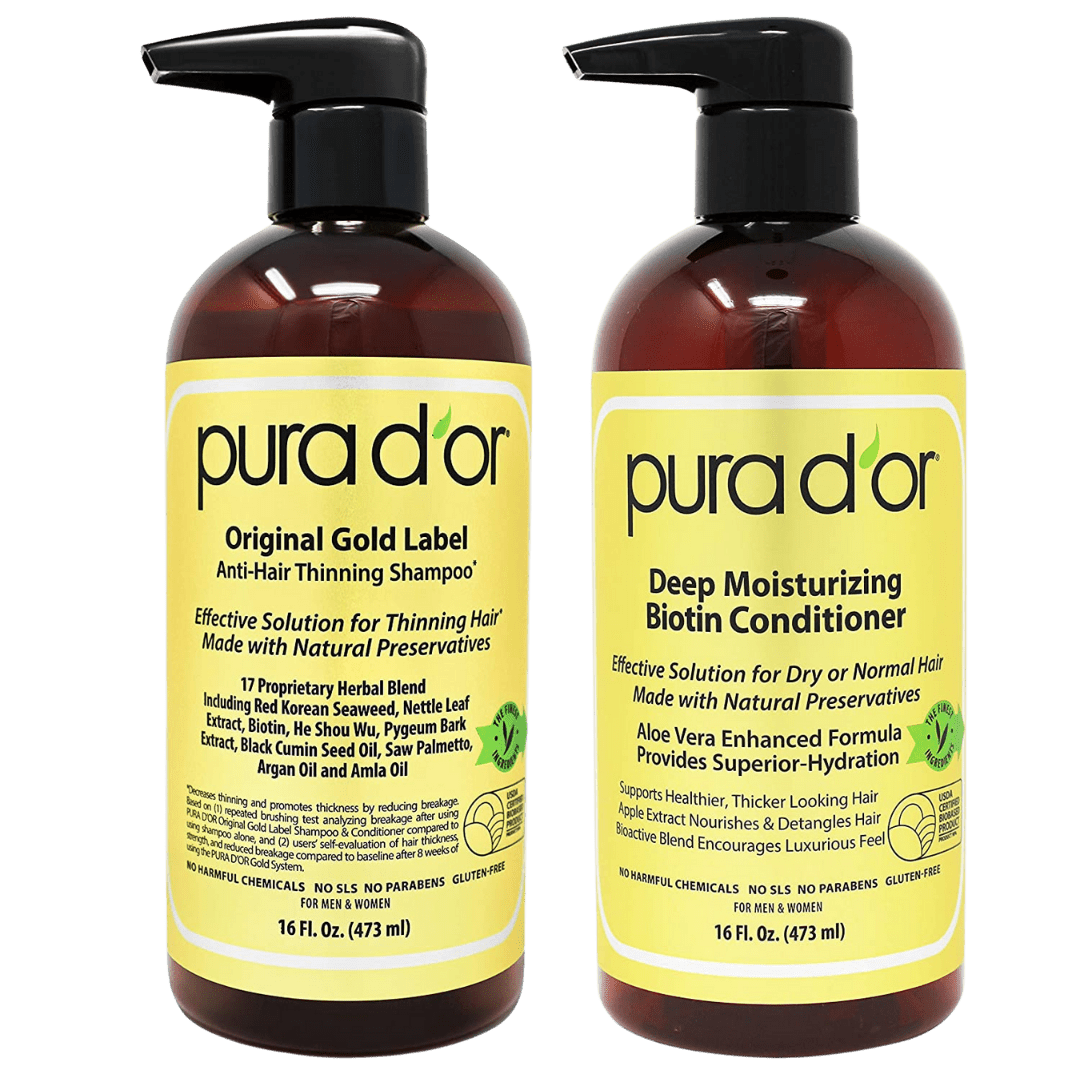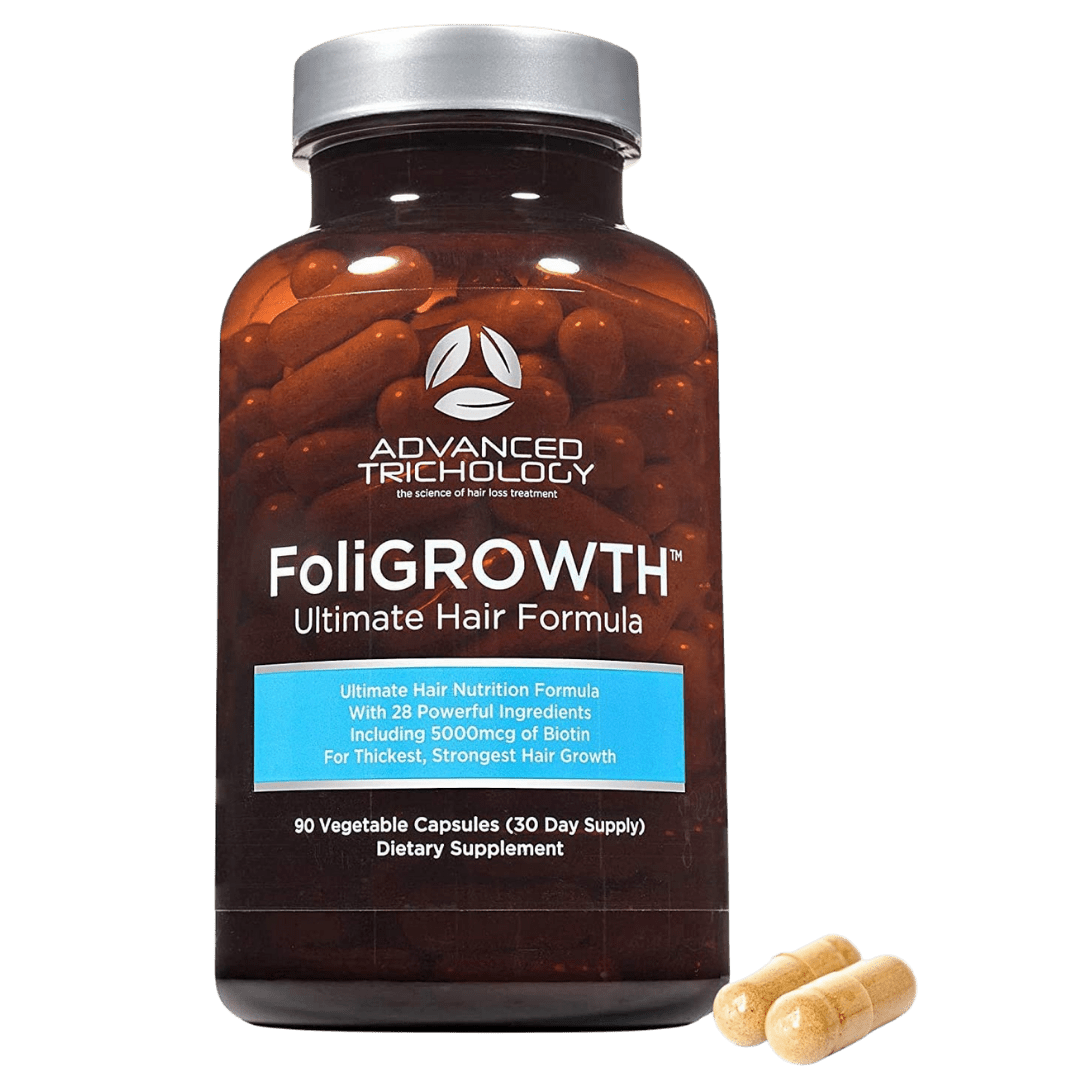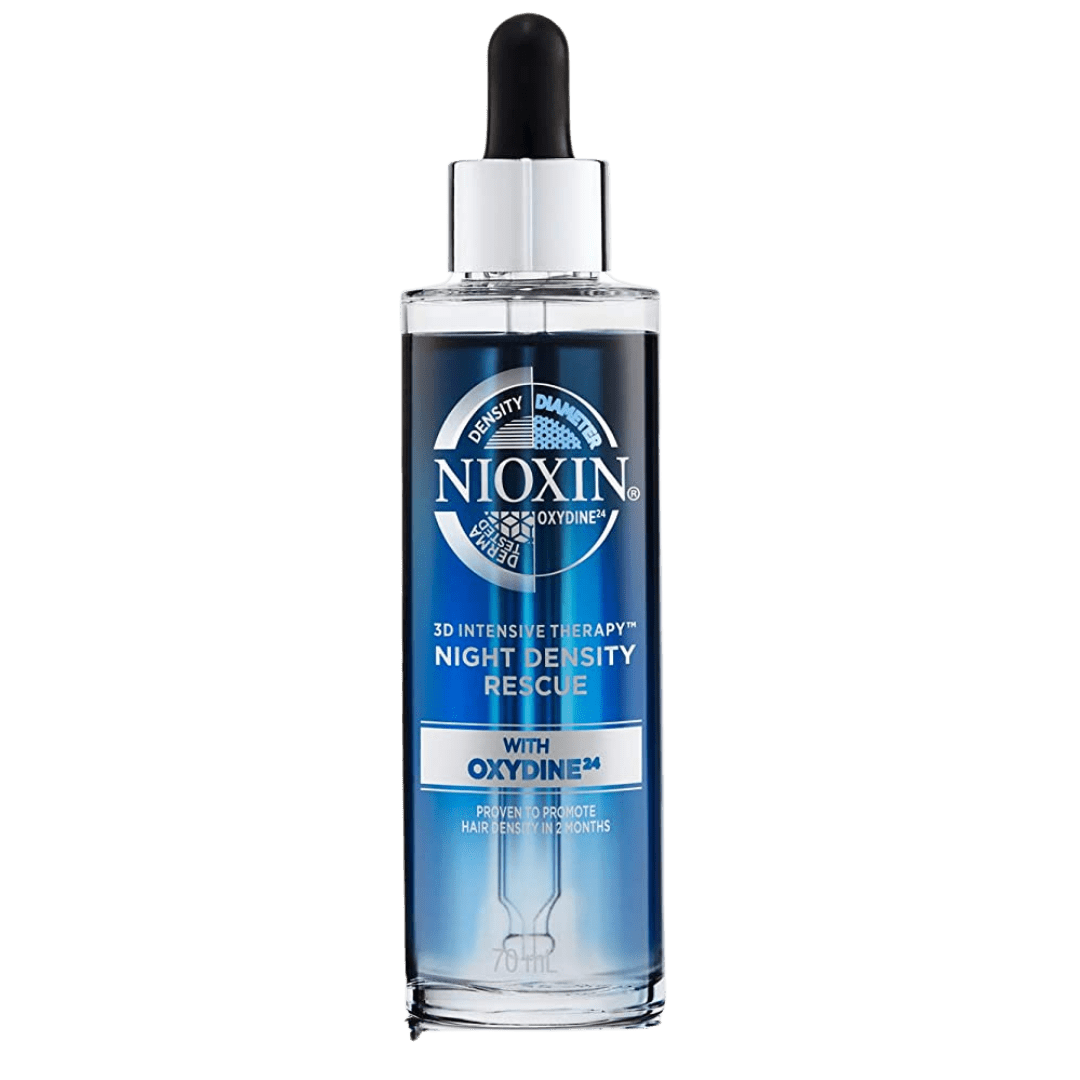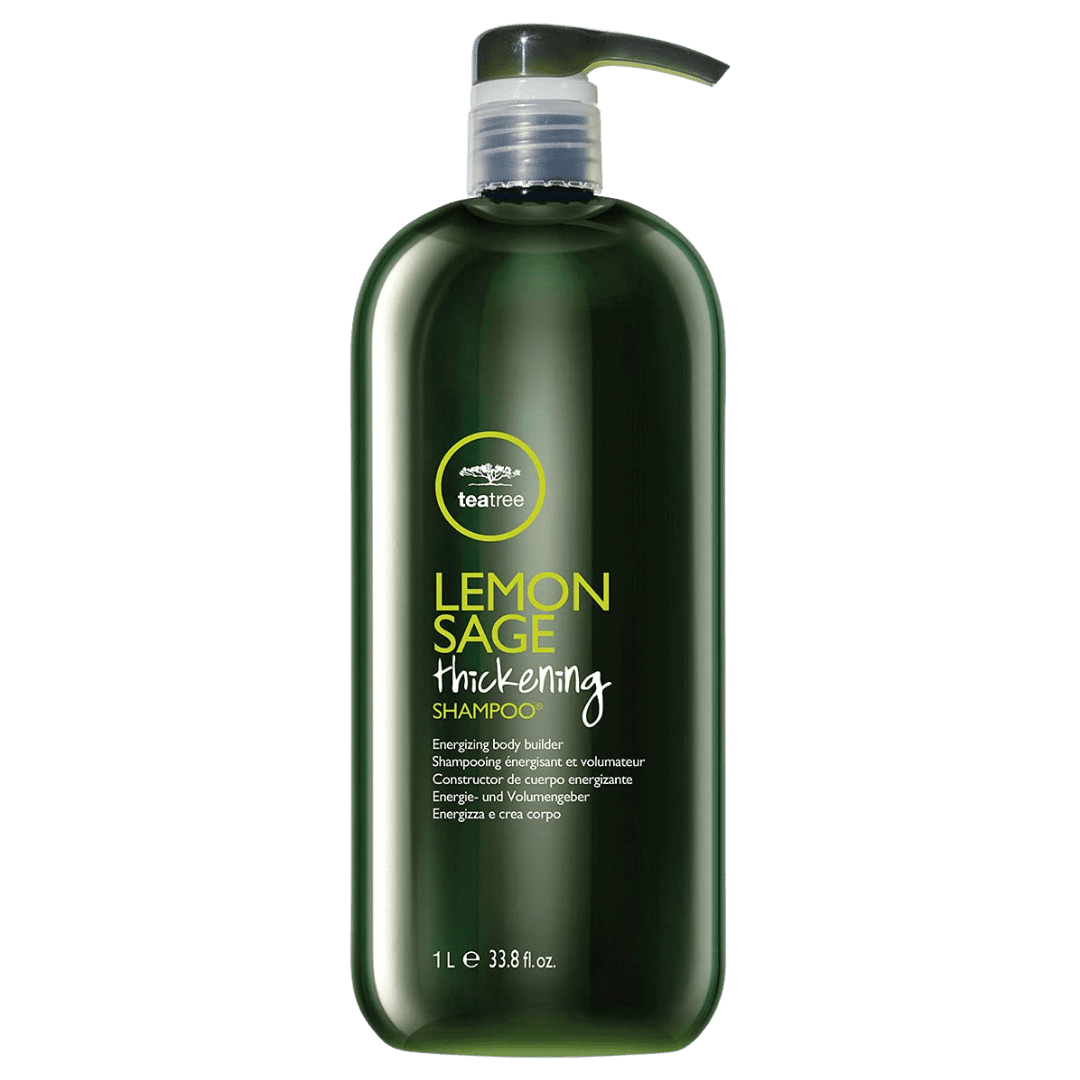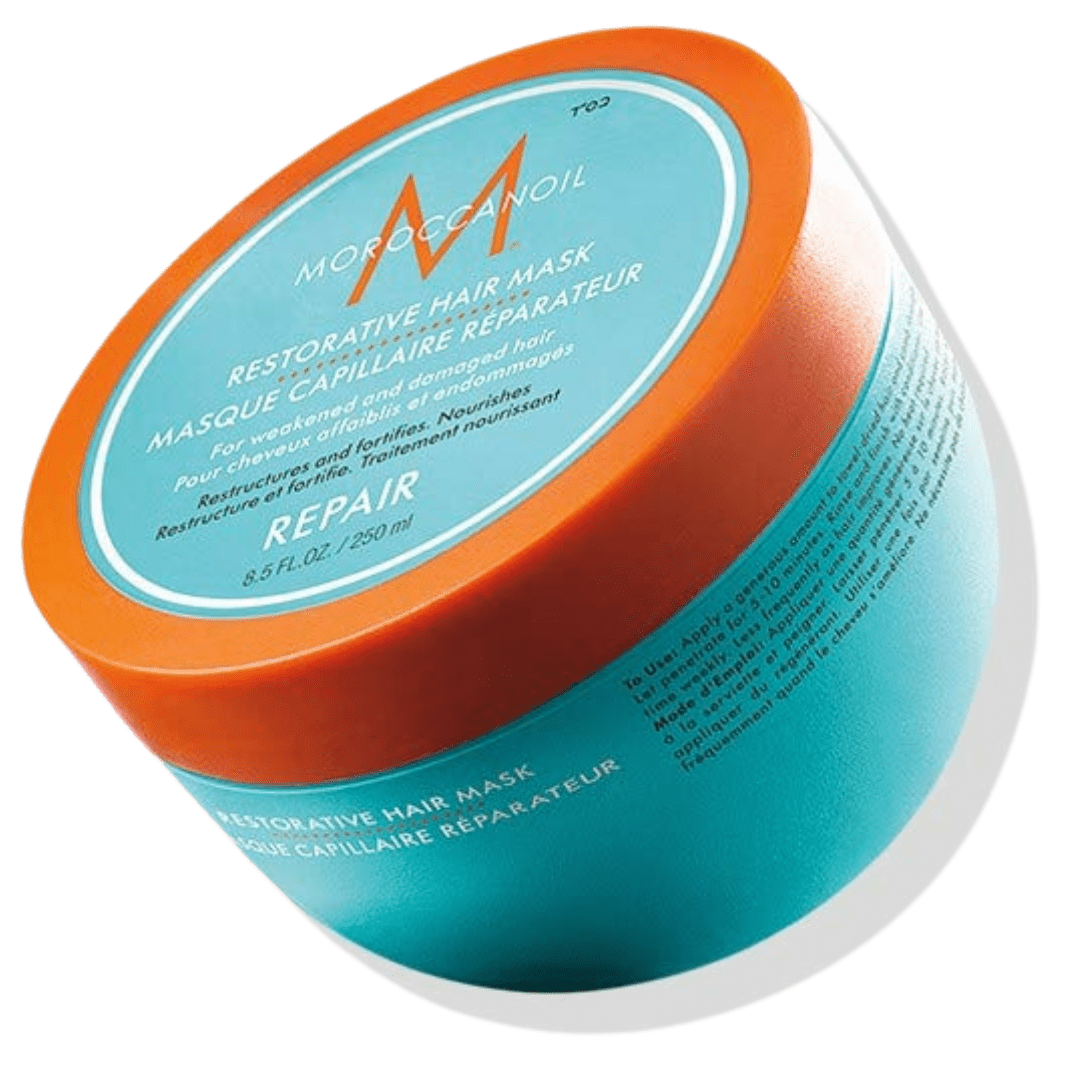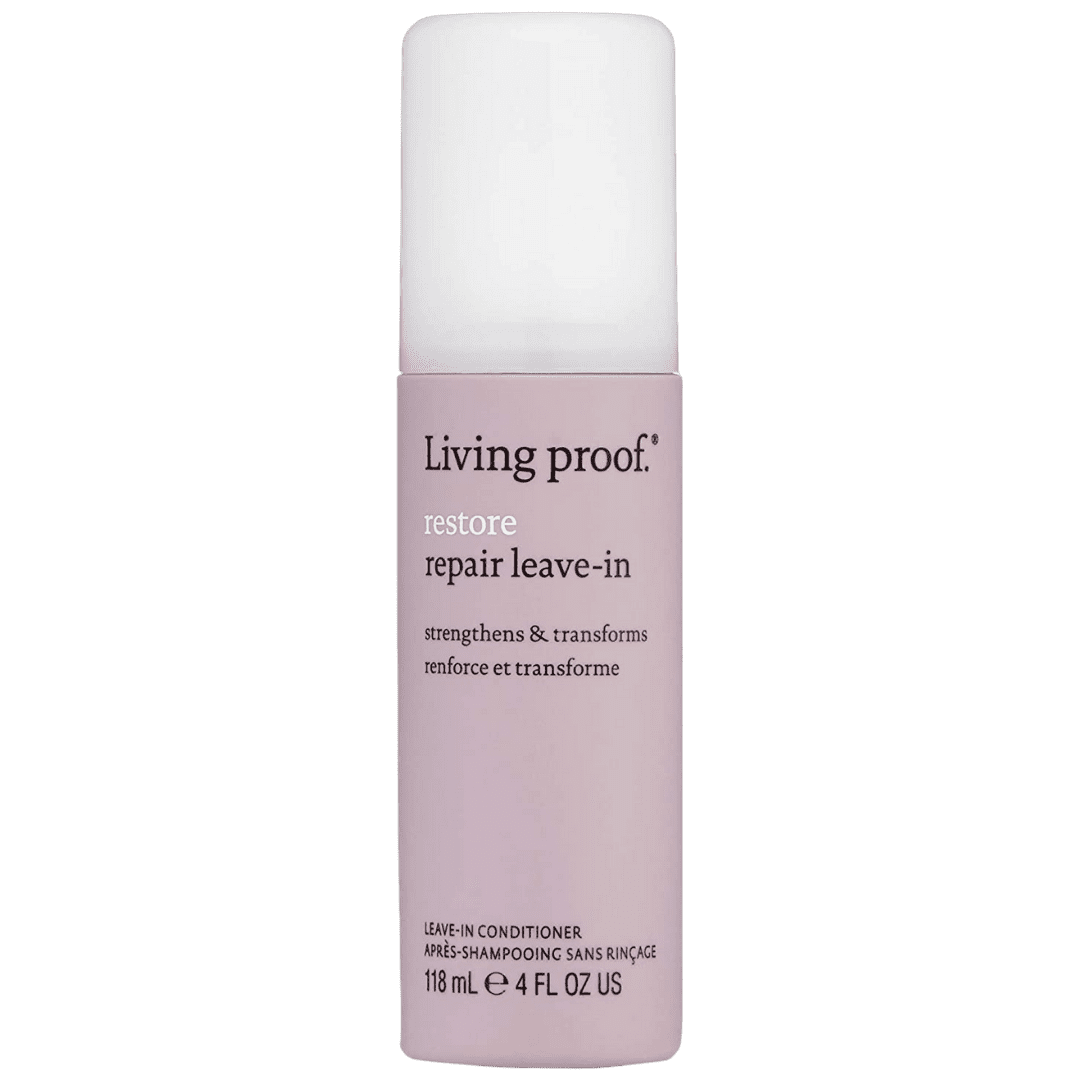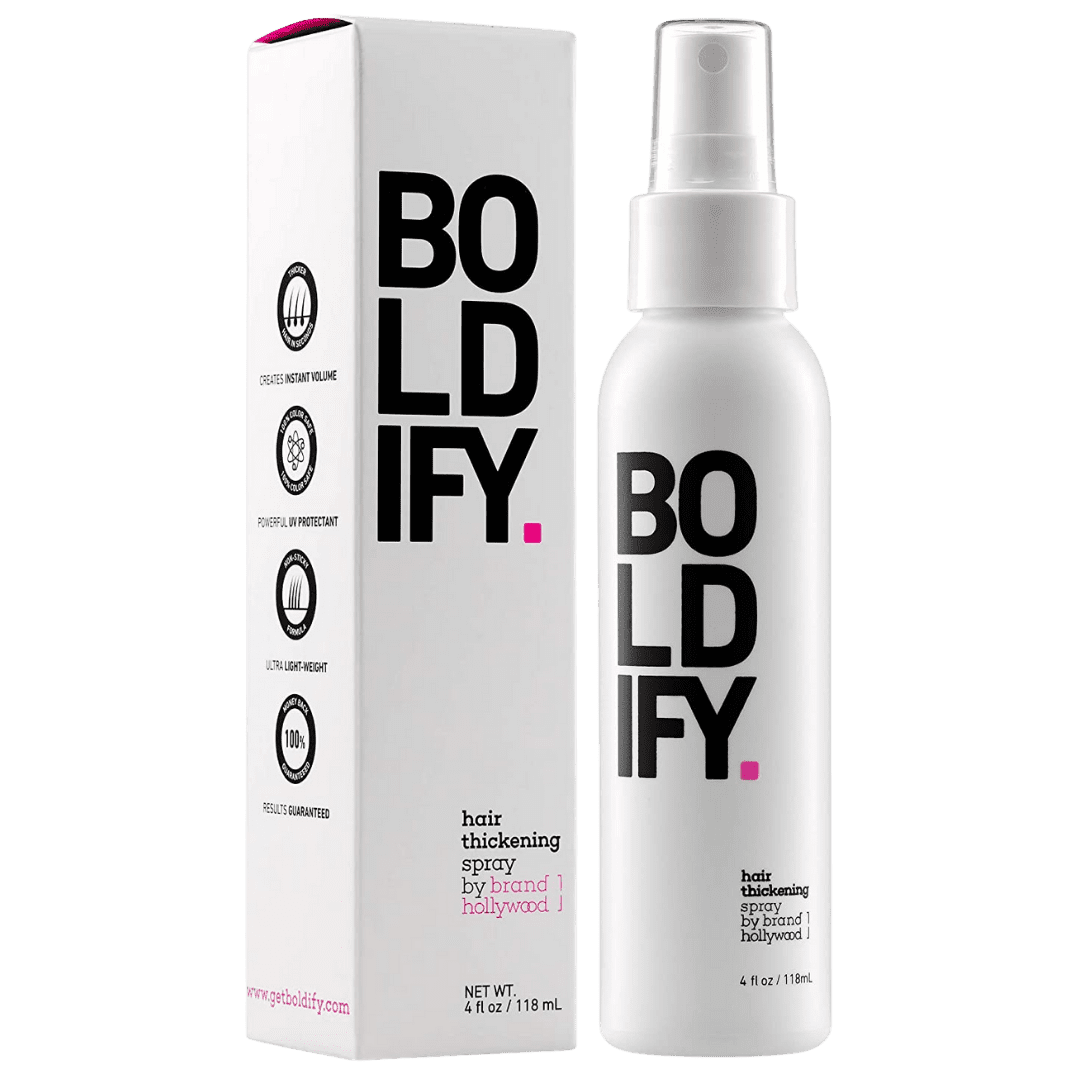Tips on How to Prevent Hair Loss That Will Save Your Hair
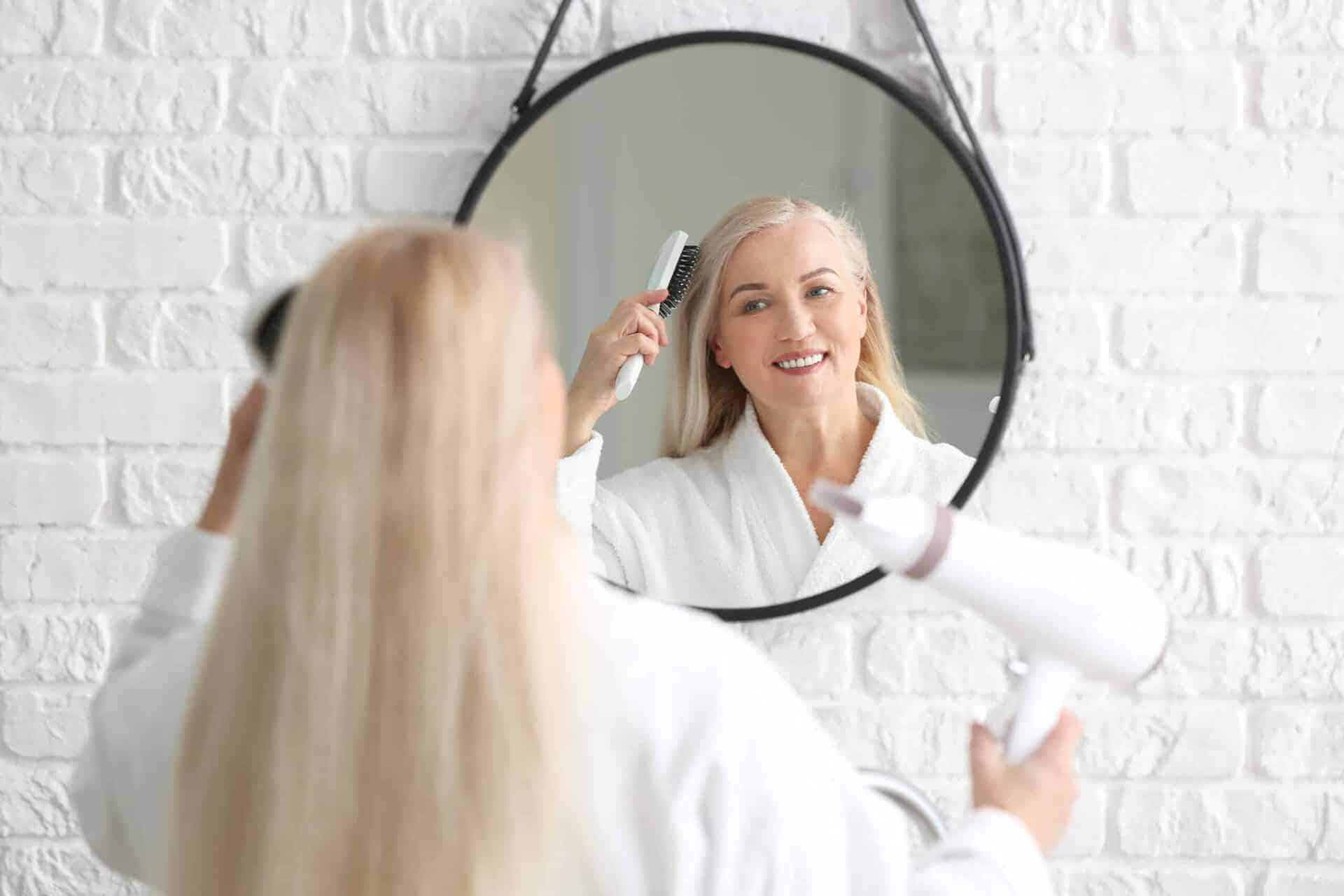
By Christina Lyon
Some women want to lose 10 lbs while others desire bigger breasts. But for me? The one thing I always craved was thick, luxurious hair (and a new bladder would be nice, too!).
I got to thinking about how so many women struggle with hair loss, thinning, and lackluster locks. Is there a way to prevent hair loss in women AND have thicker tresses?
Of course, we always want that greener grass, but I believe my life would change if I had thick hair.
Are you struggling to style thin hair and manage hair loss or female-pattern baldness? We’re sharing our recommendations for stimulating hair growth and getting the full, healthy hair you crave.
But first, what’s at the root of this pesky issue?
Causes of Hair Loss in Women
Hair grows according to the Hair Growth Cycle. At any given moment, your strands are in various parts of the growth cycle — some are in the resting phase, others are in the growth phase, and about 3% are in the shedding phase.
While it’s natural to lose about 50-100 strands every day, according to the American Academy of Dermatology, excessive hair loss can indicate an underlying cause.
Let’s break this down because about 40% of women experience hair loss by 50.
But here’s the kicker: you need to pinpoint what type of hair loss you’re dealing with to find the right solution.
Here’s a look at the most common causes:
Androgenic Alopecia – Genetics play a large role in hair loss — and not just for men! In women, it’s known as Female Pattern Hair Loss. An excess of sex hormones, called androgens, cause thinning and balding at the crown of the head. Polycystic Ovary Syndrome (PCOS) can trigger Androgenic Alopecia, too.
Medications – Did your doctor recently put you on a new RX? If so, it could stress your hair follicles and cause side effects like excessive thinning. Consult with your doctor about alternative medications.
Tight Hairstyles and Styling Choices – COVID has us all throwing up our hair in a neglected ponytail, but that strain taxes your follicles and leads to traction alopecia. Cornrows and other braids are similar, in this way.
Also, heat tools, excessive brushing, and chemical treatments can cause breakage. Fortunately, you can quickly reverse it by loosening up your hairstyles.
Autoimmune Diseases – A condition called alopecia areata results in your immune system waging war on your hair follicles because it thinks they’re foreign invaders. In this case, head to the dermatologist for treatment options.
Medical Illness – Dealing with a medical condition is stressful enough, and you don’t need to lose your hair, too!
Hypothyroidism and other thyroid issues, cancer, high blood pressure, and autoimmune diseases send your body into defense, effectively cutting off peripheral functions like hair growth to protect major systems like immunity, digestion, and cardiovascular health.
Nutritional deficiencies – Your hair follicles feed on nutrients like zinc, niacin, iron, and protein. Nutrient and iron deficiencies can lead to anemia and related hair loss issues. Consult with your doctor and get a blood test to diagnose the problem.
Major life events or trauma – Any significant stress to the body (surgery, childbirth, menopause, or extreme physical or emotional stress) can halt the hair growth cycle and incite a hair loss condition called telogen effluvium.
Get The Finer Life
Our Sunday email has tips and content you will love – exclusively for our subscribers.
"*" indicates required fields
When that happens, your strands go into the shedding phase, and you’ll notice more hair loss. While it’s disheartening, it’s temporary, so hang tight and try to squeeze in some zen time.
Considering these causes of hair loss, what can you do? And if your hair is thin, fine, or shedding, can you still achieve thick, luxurious hair?
How To Prevent Hair Loss in Women & Flaunt Your Dream Hair
1. Try New Hairstyles
Your hairstyling routine can literally make or break your hair. Want to ditch breakage? Then, consider a short hairstyle. Your hair will be lighter in weight and give the illusion of volume.
If you’re dealing with androgenetic alopecia, try changing your part to create a fuller hairline. A deep side part and bangs can lift the hair over bald spots to conceal thinning.
Above all, let your hair fall loose and change up your styling choices often to keep your hair follicles happy.
2. Rethink Your Washing Routine
Thinning hair requires delicate finesse. Too much washing strips away nutrients and natural oils, leading to dryness, dandruff, and breakage. Under washing causes product and oil buildup that weighs down the hair, making it look flat and unkempt. To prevent hair loss in women, it’s best to find the right balance.
Experiment with washing frequency to see what’s right for you. Try 2-3 times weekly and adjust as needed.
While conditioner feels heavy, it’s vital to nourishing and moisturizing your scalp. Remember: a healthy scalp is necessary for healthy hair.
Lather up with a restorative shampoo, then use a thickening conditioner to get full, shiny hair.
We recommend the PURA D’OR Biotin Anti-Thinning Shampoo & Conditioner Set.
3. Ask Your Dr. About FDA-Approved Medications
If you’re battling significant genetic hair loss, consider trying an FDA-approved hair loss treatment.
- Minoxidil (Rogaine) is topical, over-the-counter hair loss treatment that’s helping women stimulate regrowth.
- Finasteride is a low-level oral medication that suppresses the enzymes that produce androgens and, as a result, promotes hair growth.
- Spironolactone similarly slows the production of androgens, though its use for hair loss is off-label.
Before you try these medicinal hair loss treatments, please seek medical advice from your doctor.
If medication isn’t right for you, try a natural supplement for hair growth like the Biotin-rich FoliGROWTH Ultimate Hair Nutraceutical.

4. Implement The Right Hair Care Routine
The best way to tackle thin hair is with a fail-proof hair regimen designed to plump, thicken, shine, and bounce.
Here’s your step-by-step guide to fuller hair:
- Scalp Serum. Treat hair loss at the scalp by lathering on a scalp serum nightly. Hydrating emollients and nutrients replenish the scalp to produce a healthy growth environment. Our pick is the Nioxin 3D Intensive Therapy Night Density Rescue.
- Restorative Shampoo. Naturally boosting ingredients like tea tree, lemon, sage, peppermint, and bergamot in this thickening shampoo plump and thicken your strands, leaving your hair voluminous and smelling like you spent the day at the spa. Follow up with the accompanying thickening conditioner.
- Hair Mask. A weekly hair mask will give your thin strands the smooth, luminous boost they crave. This restorative hair mask treatment contains nourishing biotin, collagen, and keratin to restore your scalp and leave hair shafts silky smooth.
- Leave-In Conditioner. After you’ve washed and conditioned your hair, gently massage this reparative leave-in conditioner into the ends, dry areas, and scalp to strengthen strands and minimize breakage and dryness.
- Thickening Mousse. Now it’s time for styling! Say goodbye to heavy products. Instead, grab this affordable Volume Lift Thickening Mousse.
- Boosting Spray. Now hold all this new volume in place with this non-sticky, lightweight thickening spray from BOLDIFY.
Ready To Flaunt Your Voluminous New Hair?
While aging beautifully requires a proactive approach, it’s also an opportunity to devote more time to self-care. If you’re struggling to style thin hair, use the tips and resources in this guide to get your bouncy dream hair.
Now, you’ve worked hard for this hair, so get ready to flaunt it with confidence — hair flips and all!
The above content may contain affiliate links. Finer Things earns from qualifying purchases. When you click and shop, we receive a small commission to support our writers.
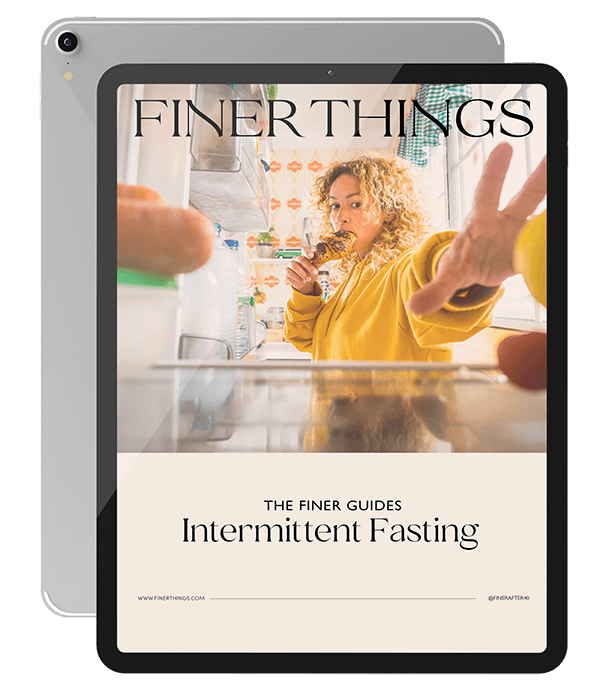
Want a Free Guide?
You will receive our free 19-page guide and access to our exclusive content, private invitations, and tips you’ll love.
"*" indicates required fields
